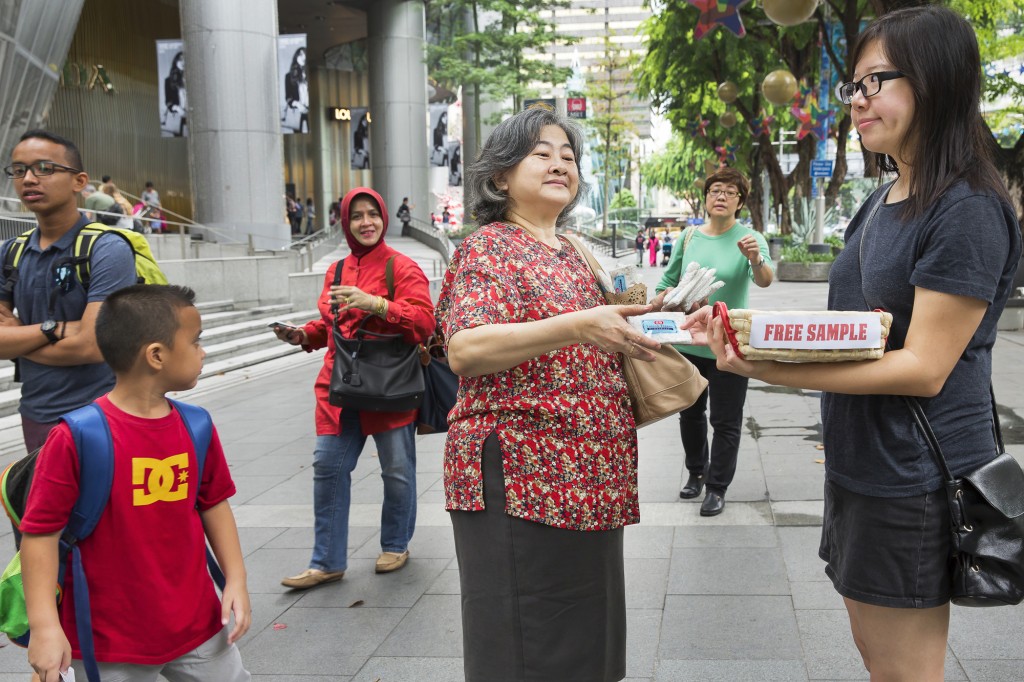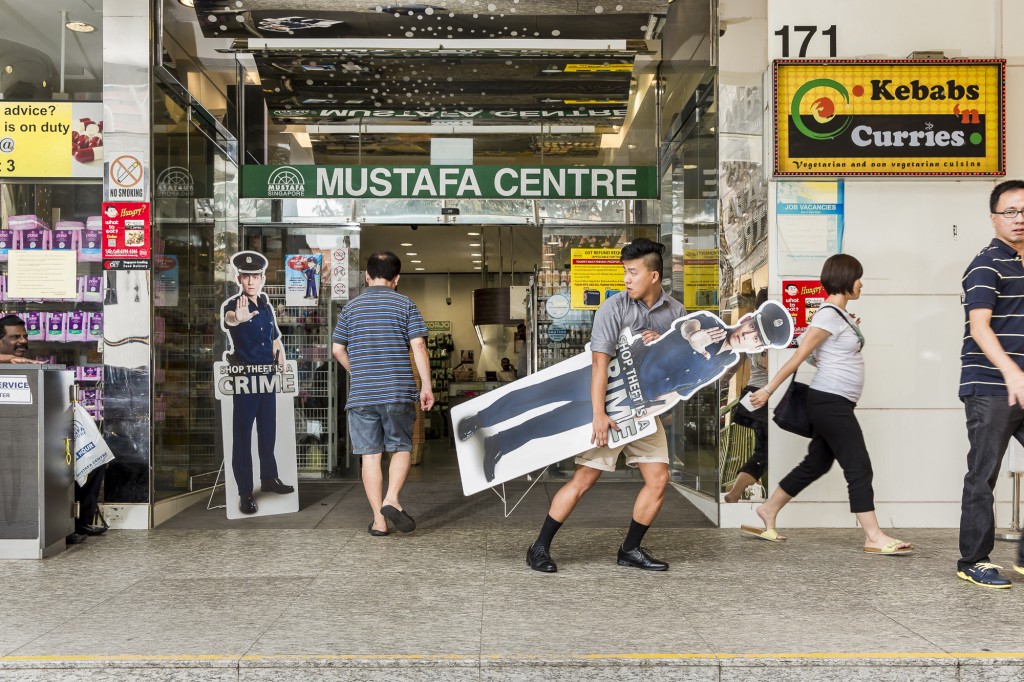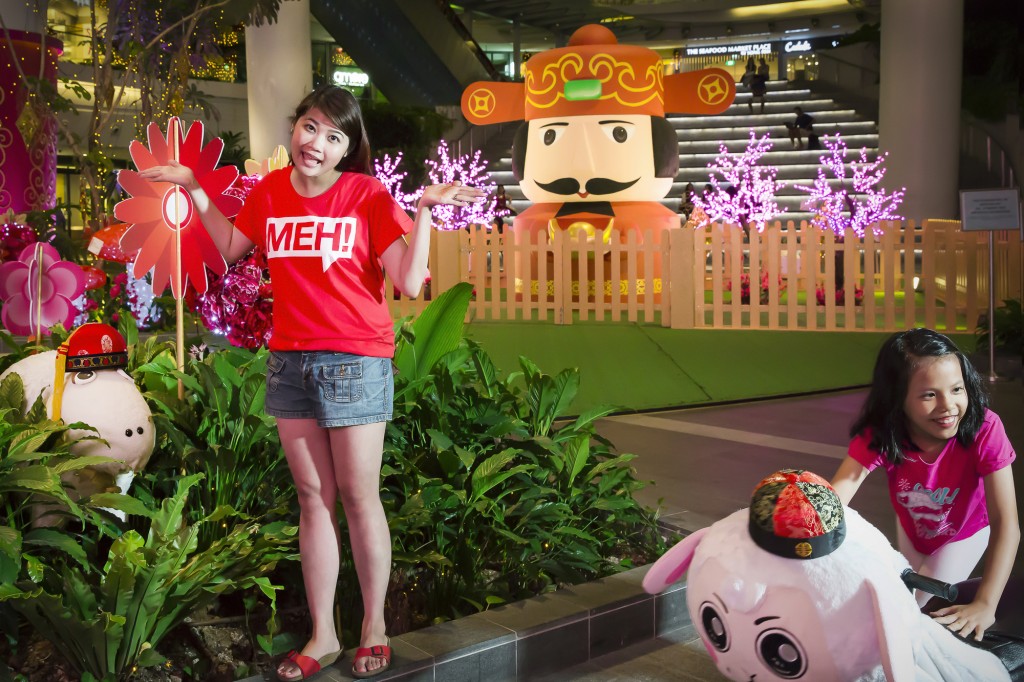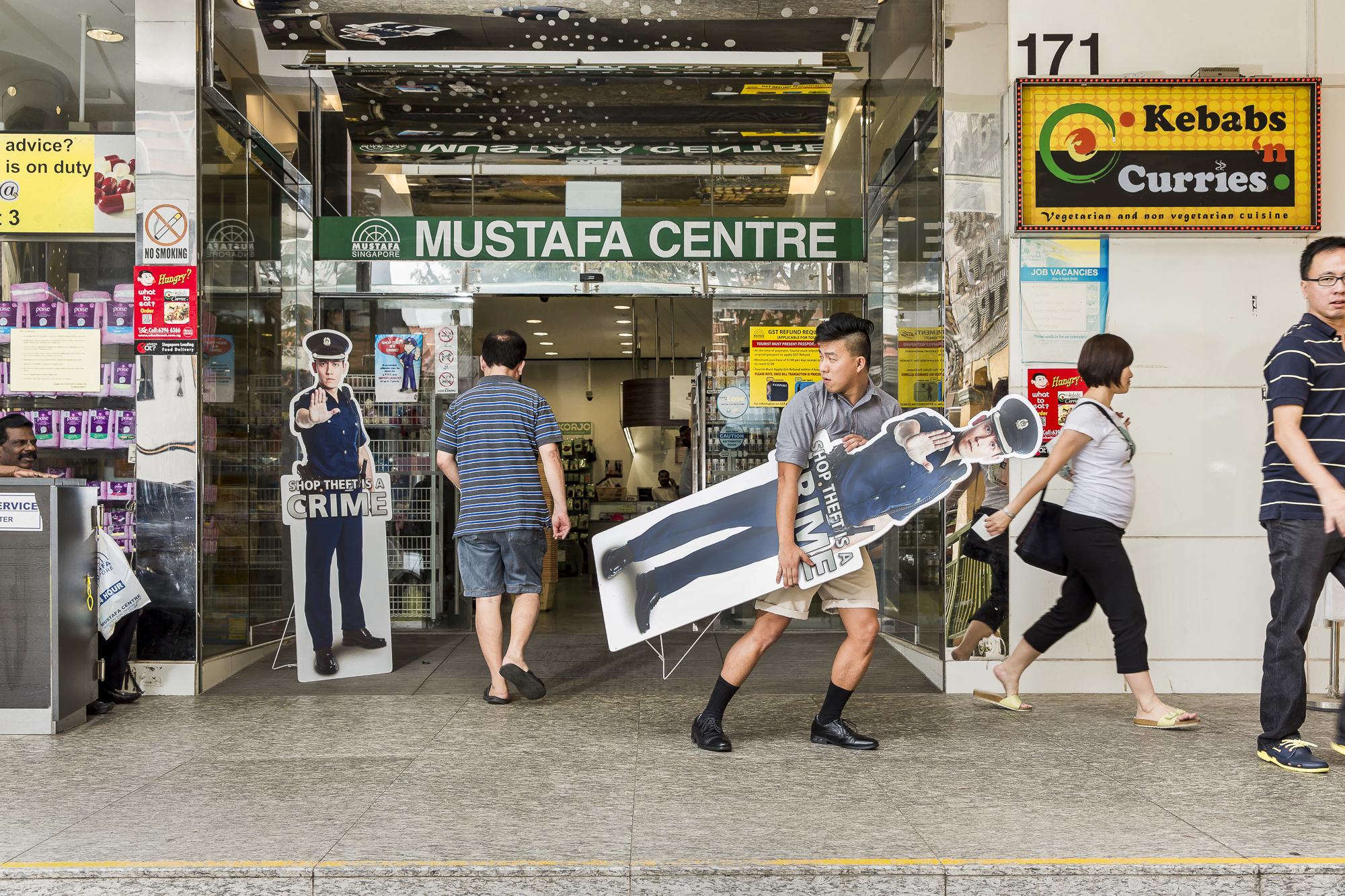
A street, portrait, and corporate events photographer, Zinkie Aw’s works have been featured in numerous exhibitions including the Dali International Photography Exhibition, Singapore International Photography Festival, Milan Image Art & Design Fair, and Px3 Prix de la Photographie Paris exhibition, just to name a few. Now, Zinkie rediscovers her roots as she creates a visual Singlish dictionary, a project that she feels is extremely close to heart. We catch up with her to talk about her latest work, Singaporelang.
What sparked such a deep interest in the roots and evolution of Singlish that led you to create a whole project dedicated to our unofficial national language?
I guess I embody Singlish, and it really just started from me wanting to have fun and to experiment with whether I could transpose a language into visuals. My initial passion was about photographing things that are local, habits that people take for granted (ishoothabits.com), and just using my voice through photography to give it a unique twist or interpretation.
On that note, what prompted you to kickstart Singaporelang?
The topic of Singlish! I designed this project to be styled in this flamboyantly visual, graphical, humourous, quirky manner, and I approached strangers to take part in my projects. They say the art you do reflects who you are, and I showcase part of my personality by incorporating the language arm (Singlish) into my work.
As a photographer, how do you think photography and spoken language interlinks and complement each other to best express what you’re trying to achieve with Singaporelang?
Other than pronunciation and enunciation, I think with spoken language, it always goes back to facial expressions and body language. Ergo, where photography comes in.
I chose to incorporate portraiture with street photography because I feel that fusion best represents Singlish, which in itself is experimental, with its own quirks and humour (much like my style of work!).

What exactly are you trying to achieve with this project? For instance, is it more self-exploratory, or is there a message you would like to communicate to people?
The message that Singlish is us, and that it’s a local culture we adore. It is second nature to us, but sometimes even we are unsure of the origins of certain Singlish catchphrases, nor do we stop to realise how wonderful this sense of national identity is. Singlish is highly multi-cultural in nature too, but many people do not realise that.
In choosing the tone and manner of this project, my objectives were to be interactive, fun and light-hearted. I wanted more people to inquire about the history of Singlish, and appreciate the history and evolution of how it came to be.
As many man-on-the-street strangers, acquaintances, and friends have helped me in the production of this project, it also highlights just how much kampong spirit there is in this community!

I notice the website is very interactive. Why did you choose to make this project this way?
That was my intention, because I feel that in this day and age, art is more about how the audience makes use of this “brainchild” that you have released into the living world, and how it’s interpreted.
The idea of interactivity is very important to me as I develop my practice for my personal work and stories like these. The audience, or you, create the other half of the experience. I, as the artist, want to collect these experiences.
For instance, in my exhibition, viewers are invited to turn rotary panels to caption the photo illustration. They are also encouraged to write their answers to the scene depicted on Post-Its, according to their own “Singlish” experiences.
On 2D mediums such as photo-books, I choose to use stickers to encourage this interactivity. Enclosed within the book are stickers that readers can match to different scenes, including blank ones where they’re encouraged to come up with their own. On the website, I utilise a drag-and-drop feature for these captions.

Tell me more about the book. How did it come about?
The idea that Singlish can be photographed should be celebrated in the form of a photo book! I realised besides a (roving) exhibition and website, a book would be able to give this project extra mileage. That way, they can also be placed in school and national libraries, and will have the ability to reach people who are genuinely interested in Singlish over the generations.
To see more of Zinkie Aw’s works, visit: http://ishoothabits.com


